The February 2024 ArcGIS Online update introduces new features and key updates throughout the site. The same applies for ArcGIS Instant Apps, as we have introduced many updates and new features to our existing apps, further improved choosing and managing your apps on the Instant Apps home page, and addressed various bugs and enhancements to help stabilize and improve your experience across the site. See the highlights below.
Manager out of beta
Review and edit data from multiple maps and layers using the new Manager app template. For example, review problems and feedback with new public transit stations that were collected using crowdsourcing. Use the app configuration to choose each map used in the project that you want included for review. A browser in the configuration lets you search and find any map you have access to so that you don’t have to rely on having everything contained inside a single group. Set up attribute filters to narrow down records that are returned in the table and displayed in the map using a new configuration that let’s you create filters on a per-map basis within your project. Manager is designed with an updated and improved mobile interface which lets you work easily on mobile devices that you or your app viewers have.
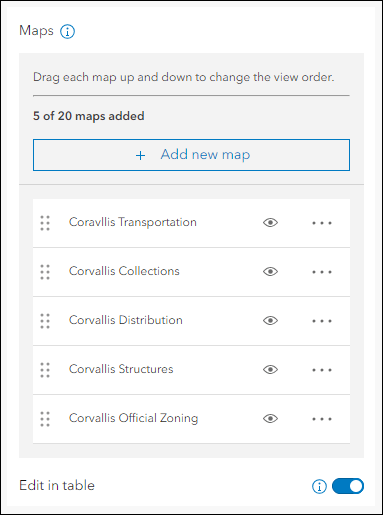
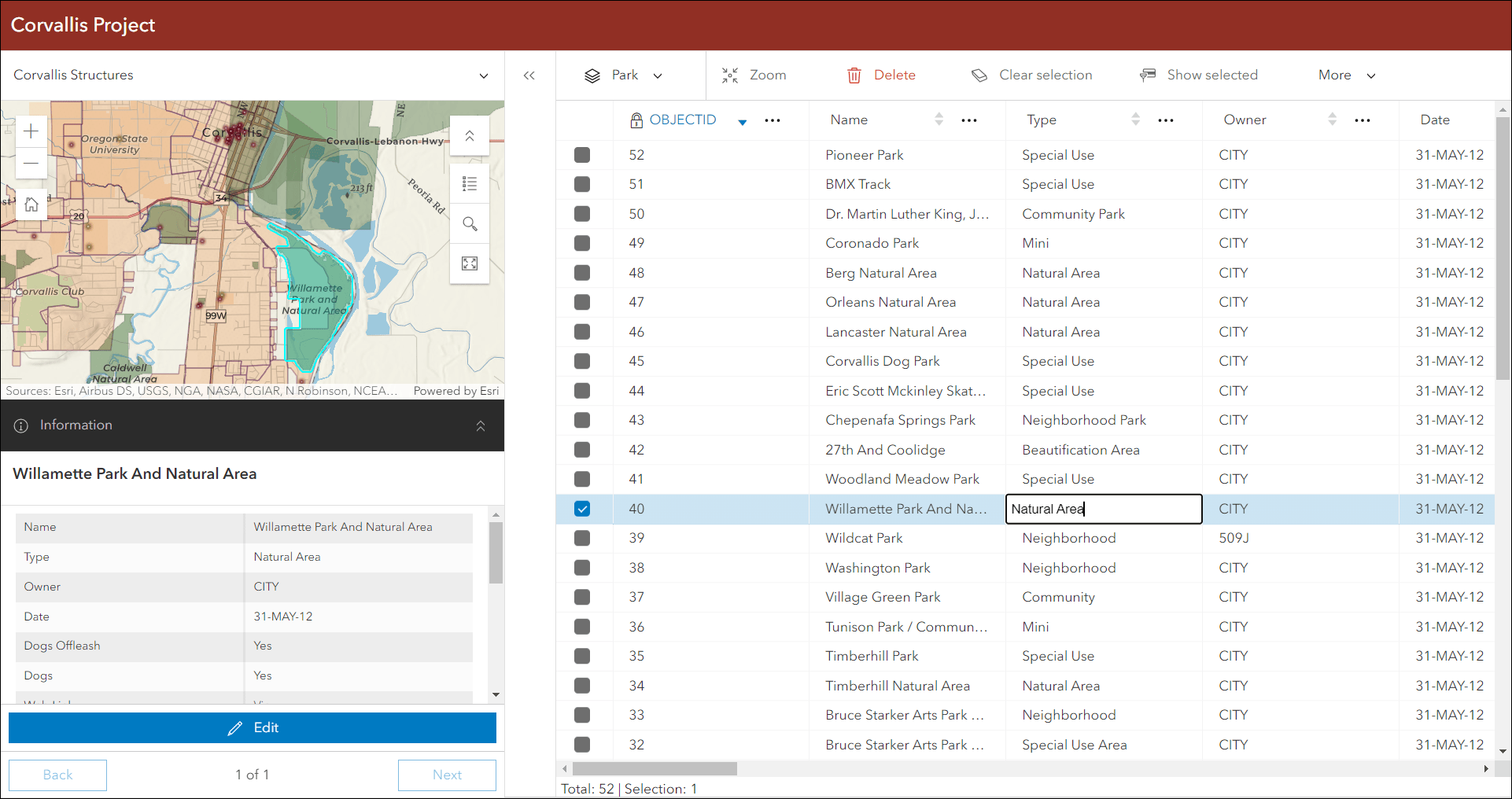
For further information about this new app template, check out our Introducing Manager blog.
Insets updates
Display noncontiguous geographies and interact with data at multiple locations in a single app using Insets. Pick from a list of predefined geographic layouts or customize the inset locations with the option to use bookmarks from the map. We have added six new predefined layouts that cover the countries of Canada, Ireland, and The Netherlands, with more on the way. Find these new layouts in the Predefined section of the app configuration.
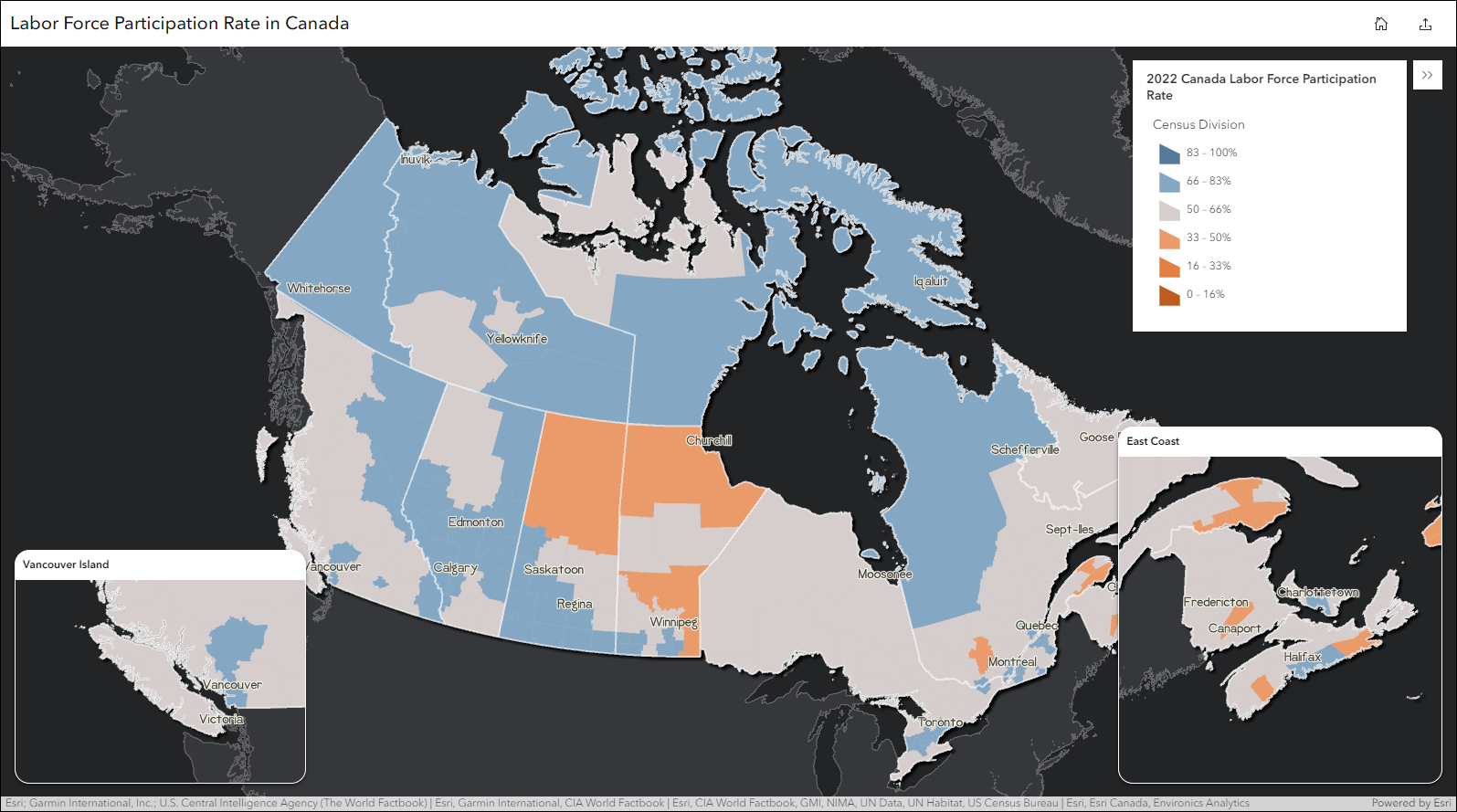
When building an app using one of our many predefined layout options, app creators can now choose from a list of new basemap choices to be displayed in the app. Use the Basemap drop-down in the app configuration to choose from any of the 15 newly released color options.
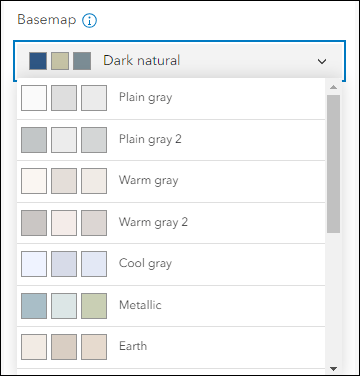
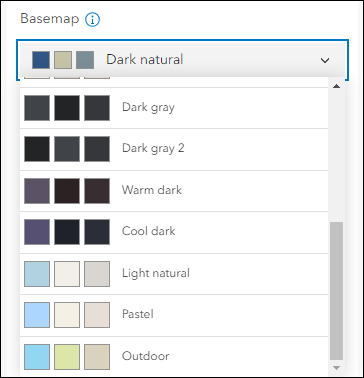
Also new is the option to remove the ocean color from the basemap. Apply this setting to give emphasis to the land and certain thematic layers you might have in your map. Furthermore, we have added settings to remove the cities and the roads (US layouts only) from the basemap. This is part of an ongoing effort to continue providing more control for app creators over how your maps look when using predefined layouts in Insets.
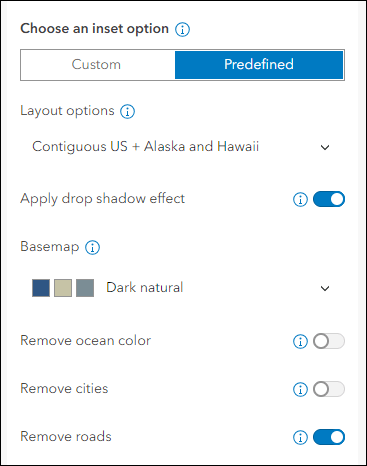
Take a look at our Instant Apps: Introducing Insets blog for more information.
Atlas updates
Atlas provides viewers with tools to explore maps and layers with light weight mapping and data exploration capabilities. Viewers can open a map and add individual layers to it. They can utilize measurement tools, generate an elevation profile, toggle the view between 2D and 3D, use a swipe tool and adjust transparency on layers, and view data as a table. Users can share the map they create by exporting to a PDF or screenshot, or they can sign in and save maps to their own account. This update comes with a couple new enhancements.
- Configure which tools show on the toolbar and choose a specific tool to be opened by default when the app loads
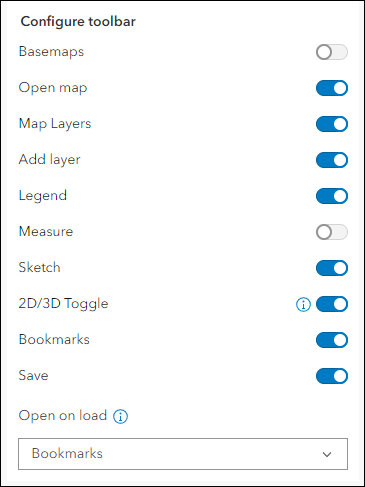
- Access and view bookmarks from a web map in the app’s 3D view
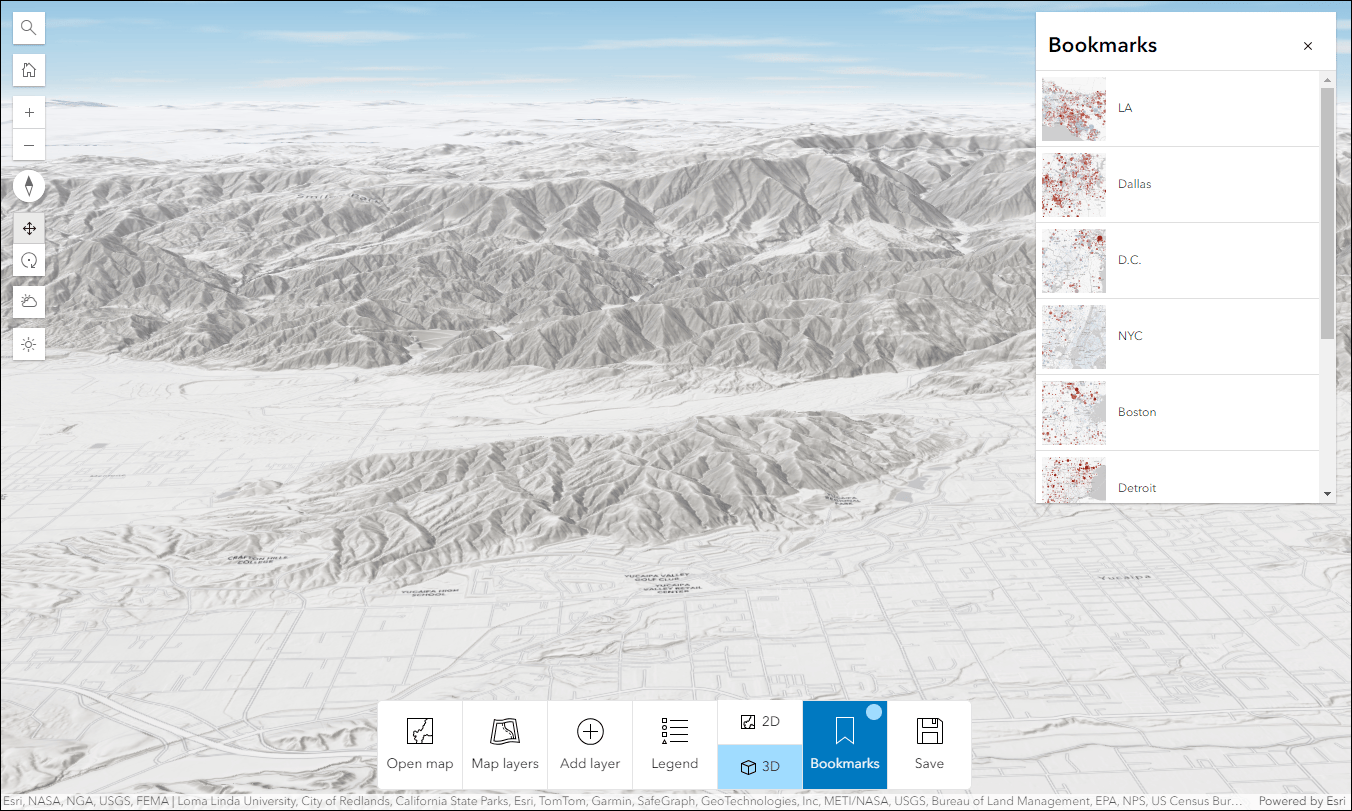
- Provide sign-in instructions that app viewers will see before providing their credentials to sign in and save maps to their account
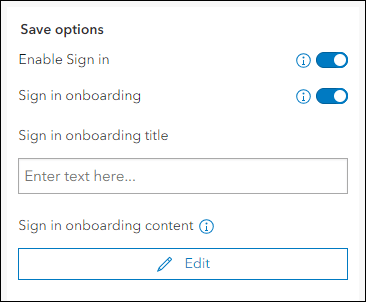
- Updated mobile interface and experience on small screens
To learn more about what you can do with Atlas, check out our Introducing Atlas blog.
Introducing: Reporter (Beta)
View and submit issues or observations in an area using the new Reporter (Beta) template. This new app lets users create a report that displays on the map. They can also view existing reports and use basic map exploration tools to navigate the map. For example, create a storm water assessment app that lets the community report problems they see during storms such as clogged drains, overflowing easements, damaged street gutters, etc. Or, create a simple app that quickly let’s the public report problems they see with traffic lights on local roads.
This template is built with mobile in mind so people of the community can quickly access your app on their phones to report what they see. Create your first Reporter (Beta) app from the Instant Apps home page, which is accessible from the map viewer, content page, and app launcher menu within your ArcGIS Online organization.
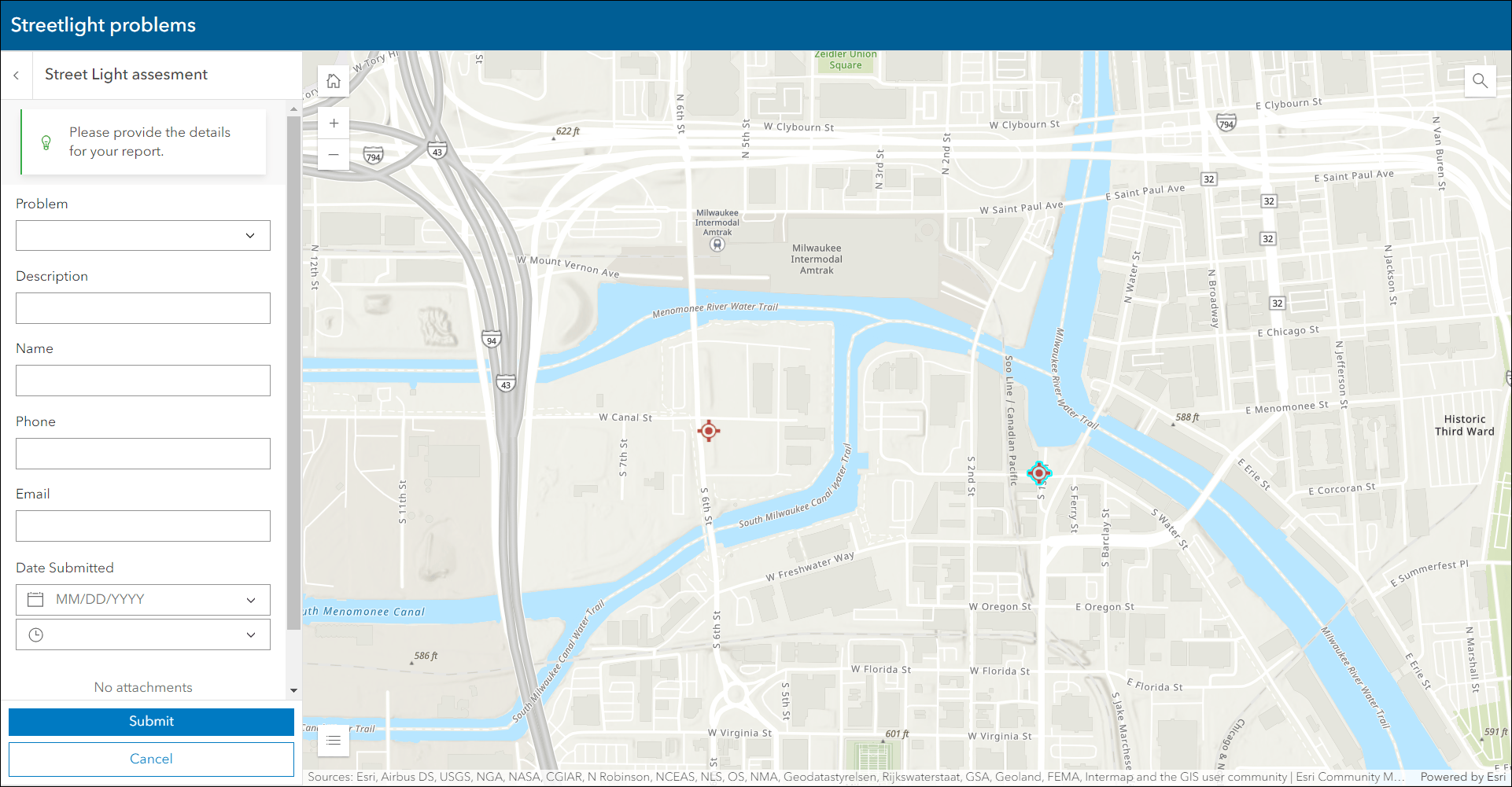
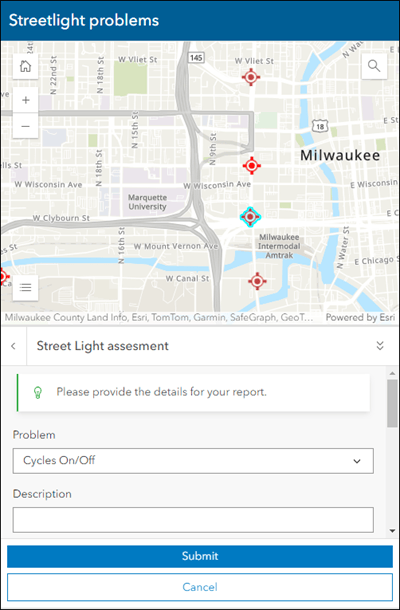
For more details, check out the new Introducing Reporter (Beta) blog.
Language switcher
The new Language switcher setting in the app configuration let’s you publish a multilingual app that combines your translated custom text and the UI translations for supported languages. Use the options available on the Language Switcher tab in the configuration to choose which additional languages you want to include, which specific texts will be translated and what those translations are, and what icon will be used in the published app for app viewers. We are in the process of adding the language switcher to all of our apps. For an up to date list of which apps currently support it, please reference our ArcGIS Instant Apps Capability Matrix.
Important note: Text from the map and data, such as layer names, feature labels, and pop-up information need to be configured and translated separately. Visit the Instant Apps: Create multilingual apps with the new language switcher component blog for more information on this and a deeper dive into all details about using the new language switcher.
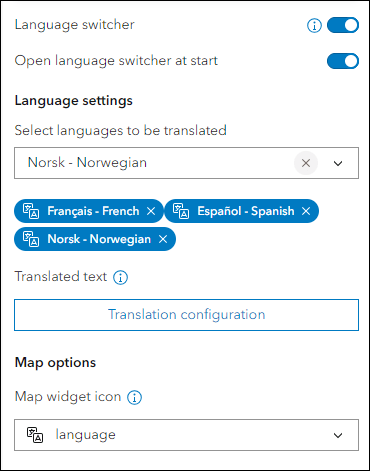
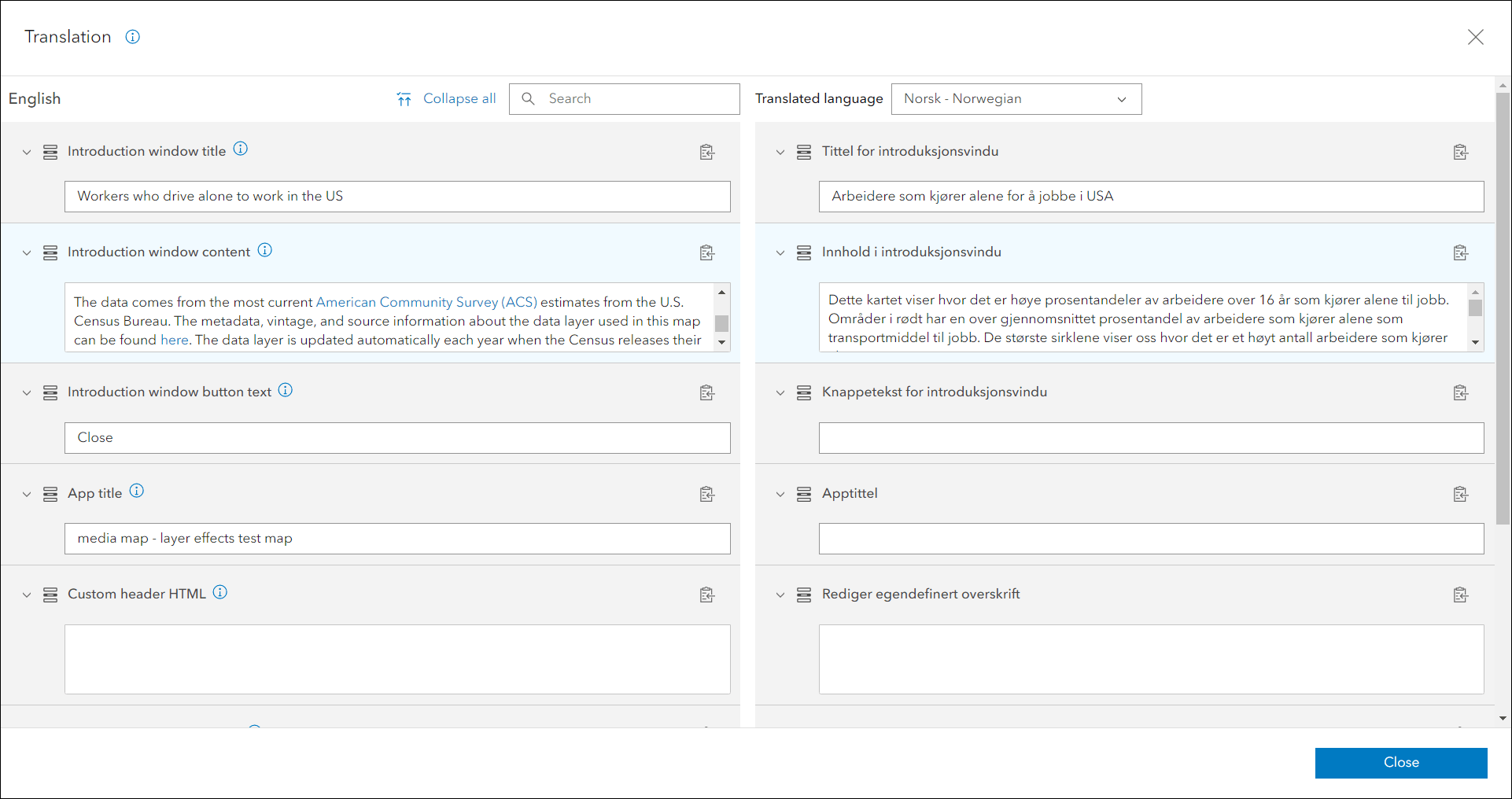
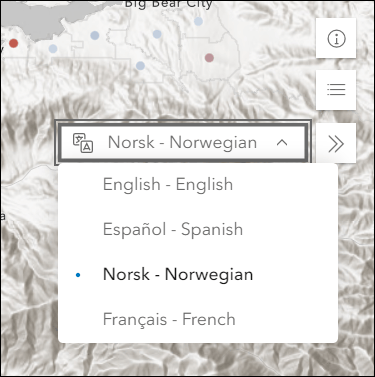
Sidebar updates
Sidebar offers a range of tools for exploring, understanding, and managing data. We have added the Oriented Imagery Viewer as a new option that can be added to your app. This tool lets app viewers visualize and explore imagery taken from different perspectives (including street-level images, images from mobile devices, and 360 images) in the context of a web map. This tool requires an oriented imagery layer, which can be published from ArcGIS Pro or using ArcGIS QuickCapture. To enable this in your app, find the “Oriented imagery” setting on the Sidebar tab of the app configuration. Note that the Oriented imagery viewer is best displayed in a large panel. You can adjust the size of the side panel in your app within Theme & Layout > Layout > Panel size.
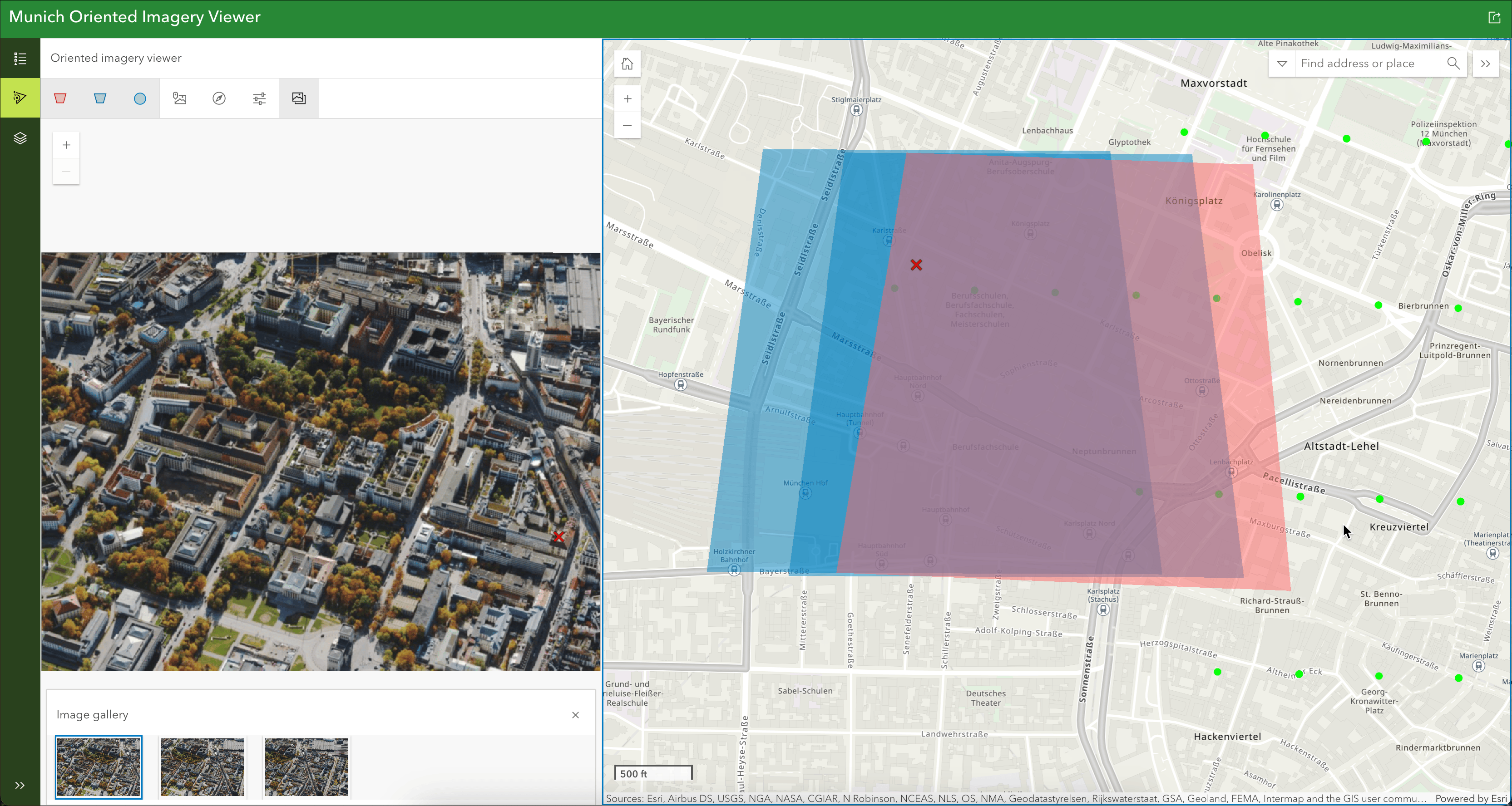
Slider updates
Animate through temporal or numeric data using Slider. We’ve added the ability to create attribute filters to further narrow down features that are displayed in the map and when using the slider. On the Interactivity > Modify section of the app configuration, enable the “Attribute filter” setting then use the + Add filter button to create filters on any supported layers from your map. For example, in an app showing historical tornadoes in the US since 1950 that plays along the slider through decades of occurrence, you can set up an attribute filter that only shows the EF-3 magnitude events. Set up the filter to be “User input” and that way the app viewer can interact by choosing which magnitude of tornadoes they want to view through the decades.
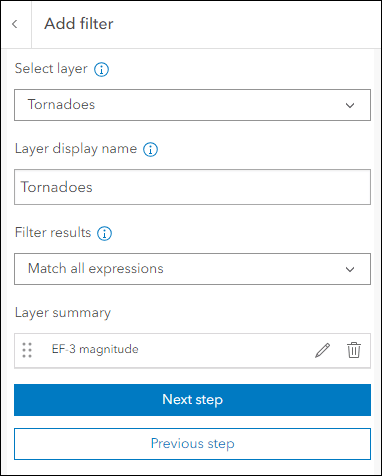
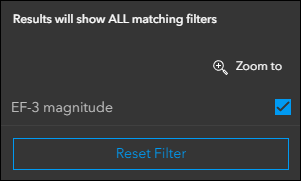
We’ve also added a new auto-play setting that plays the slider automatically when your app loads. This setting can be enabled on the Slider tab of the app configuration using the “Automatically play slider” option.
Instant Apps home page updates
The Instant Apps home page offers a centralized place to browse, choose, create, and manage ArcGIS Instant Apps. On the Create tab, we have added links to view live example apps that let’s you see an app in action using a template you’re interested in. In Gallery view, click the down arrow icon next to any template name to view its App description.
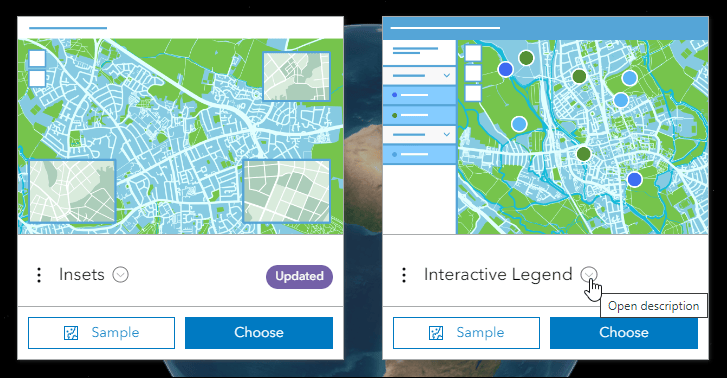
Under the Examples section, most example bullets now contain a hyperlink that launches a live app showing the example listed. Currently we have live apps for most examples, with more on the way in coming updates.
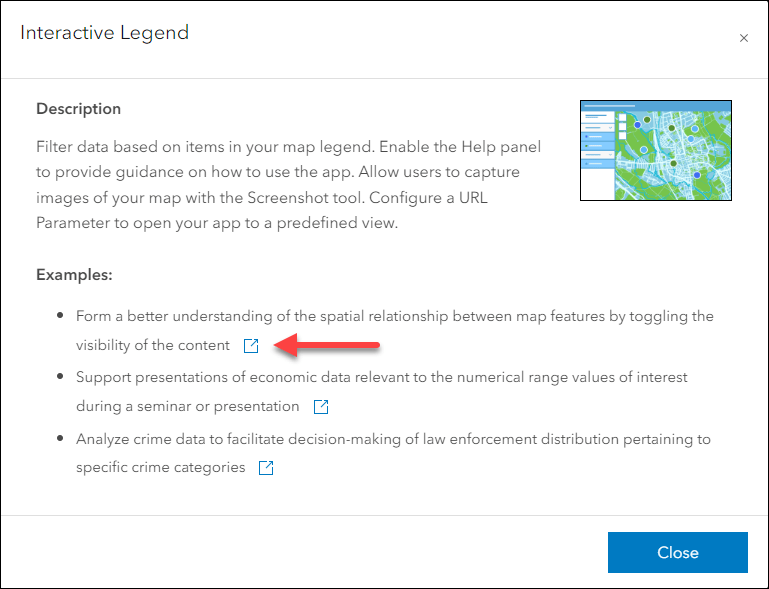
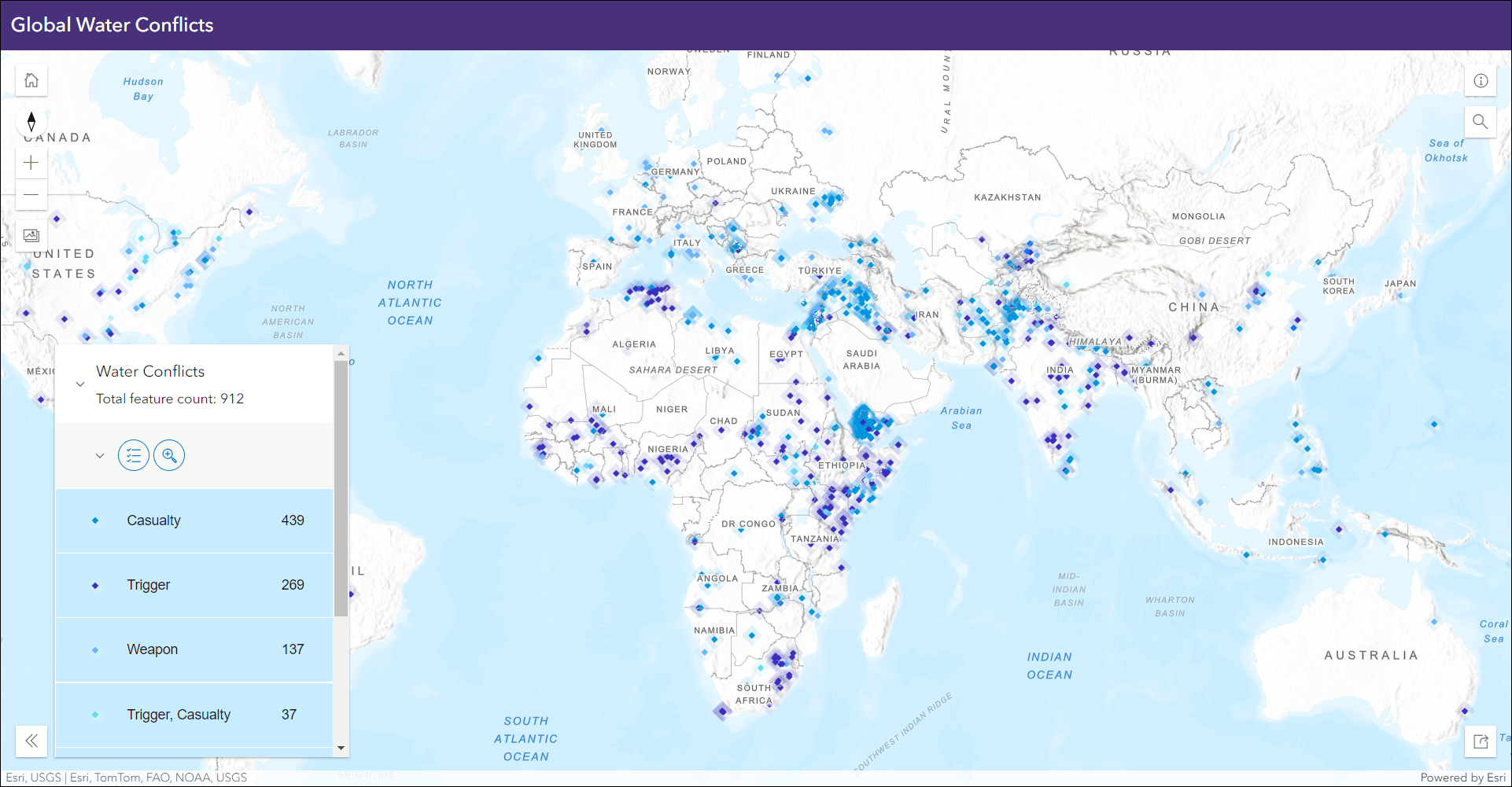
Another way to access these on the Create tab is within Details view. The app description and examples are already shown by default in this view and the new live app hyperlinks for each template are as well.
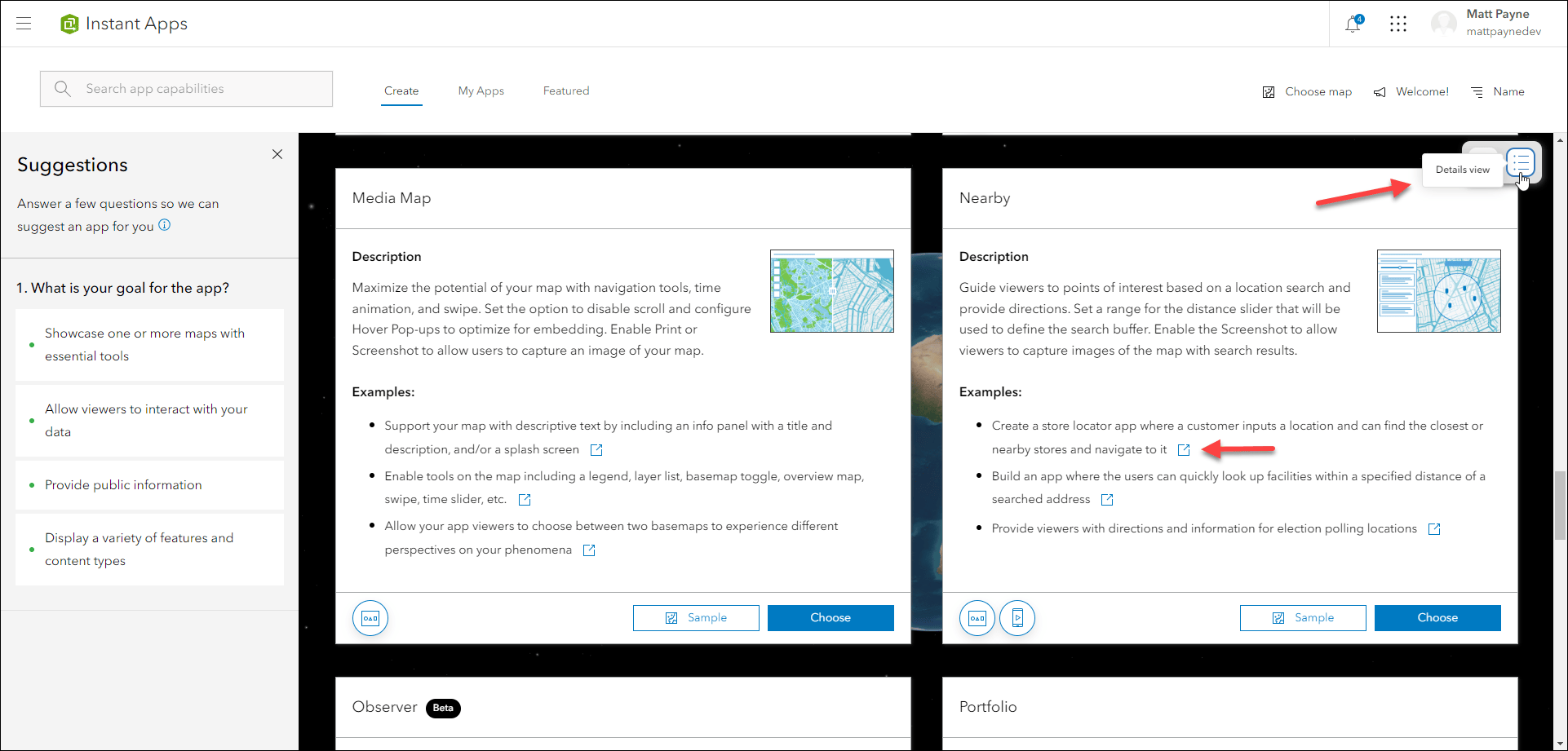
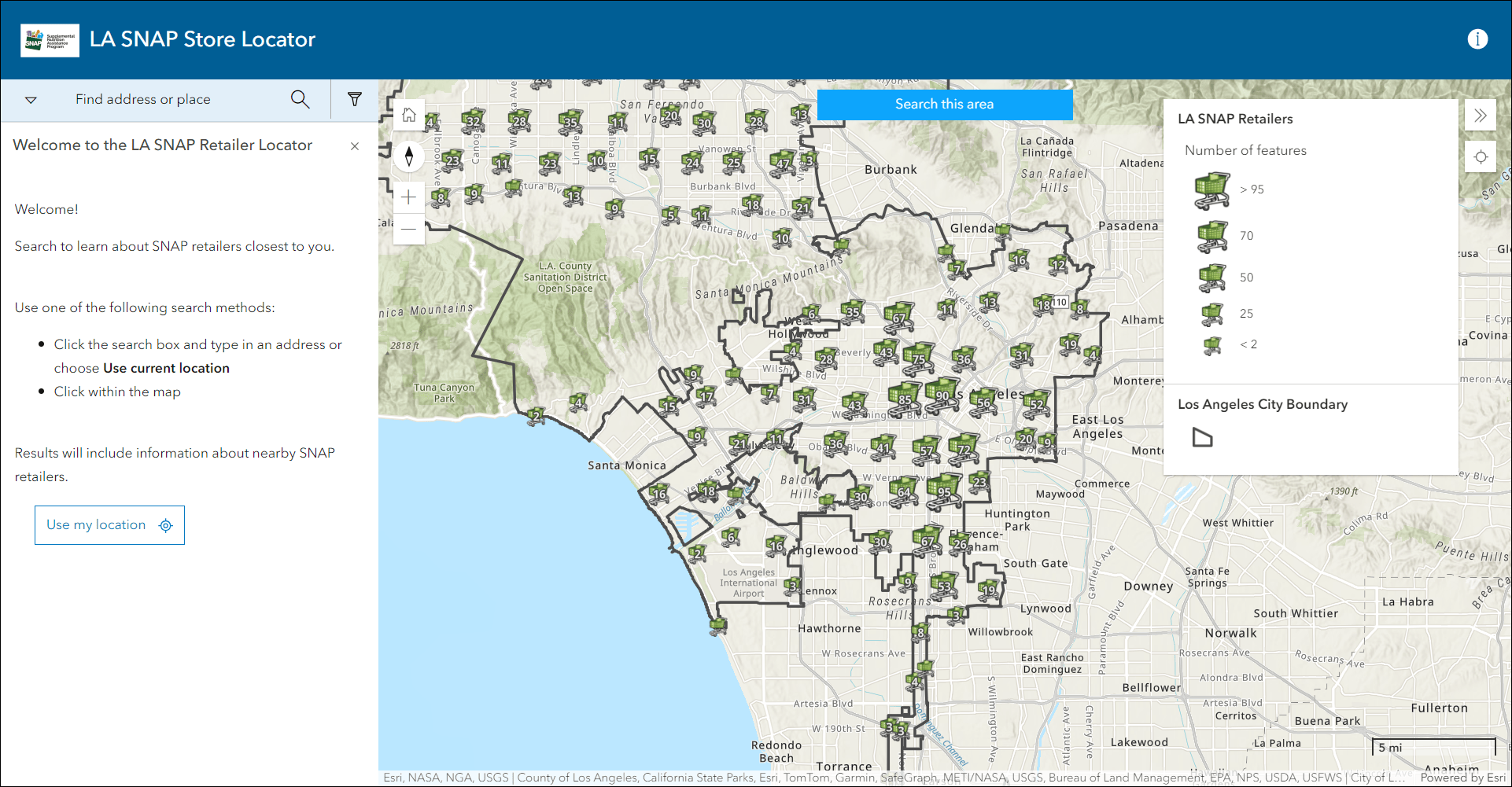
On the Featured tab, the main article of content has been updated with a new topic to discover, focusing on Manager which let’s users review and edit data from multiple maps and layers. Access previously featured articles from the left side panel by clicking on an article tile to open it in the main stage area of the page.
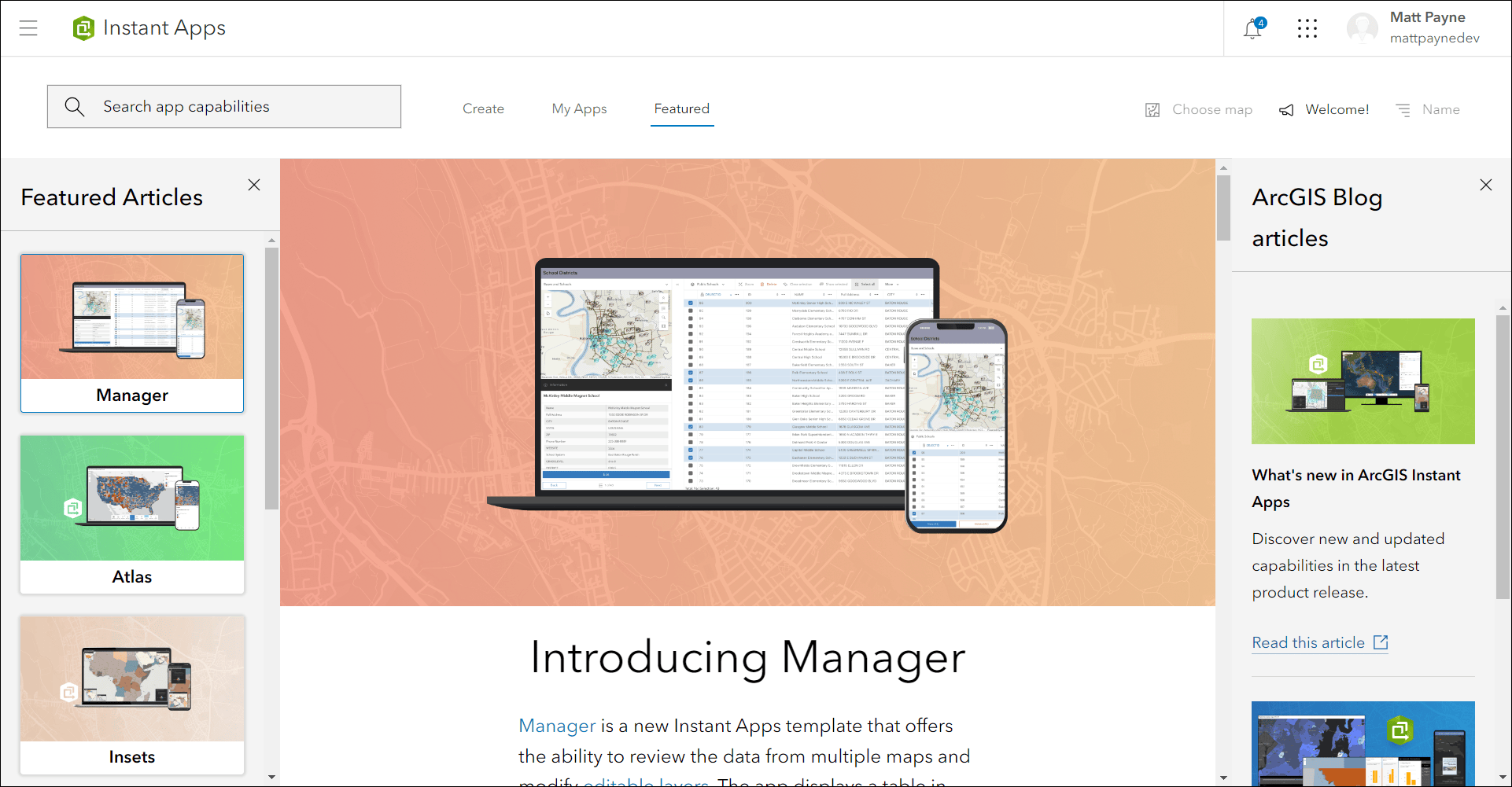
Deprecation Notice for ArcGIS Configurable Apps
As of the June 2023 update of ArcGIS Online, a deprecation notice has been issued for ArcGIS Configurable Apps. Deprecation does not impact the availability, functionality, and Product Lifecycle Support phase of ArcGIS Configurable Apps.
ArcGIS Configurable Apps continues to be available until it is officially retired, but will not receive new features or other enhancements. Before retirement, users are still able to create apps using ArcGIS Configurable Apps templates and existing apps will continue to work.
Retirement of Configurable Apps is expected to happen towards the end of 2025. Please take a look at our detailed announcement blog: Deprecation Notice for ArcGIS Configurable Apps.
More information
For more information please reference our documentation page where you can find details about getting started with creating and sharing ArcGIS Instant Apps.


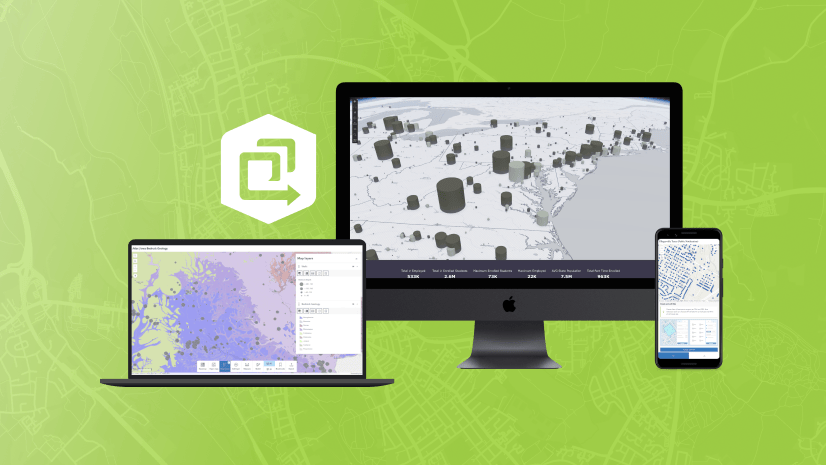
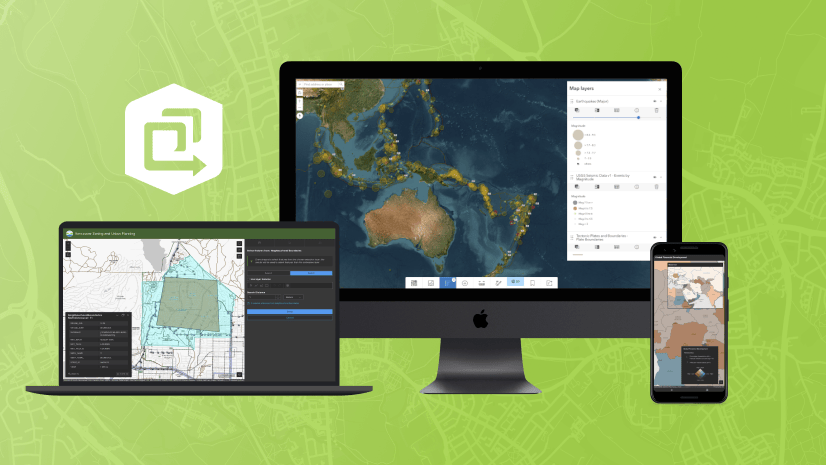

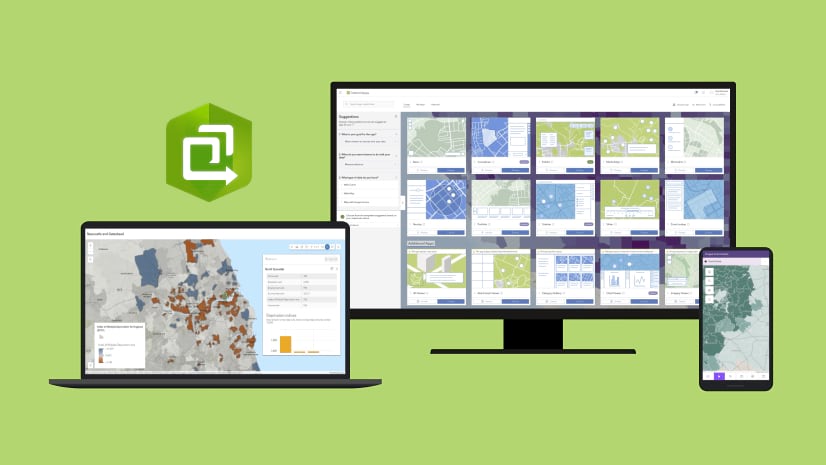
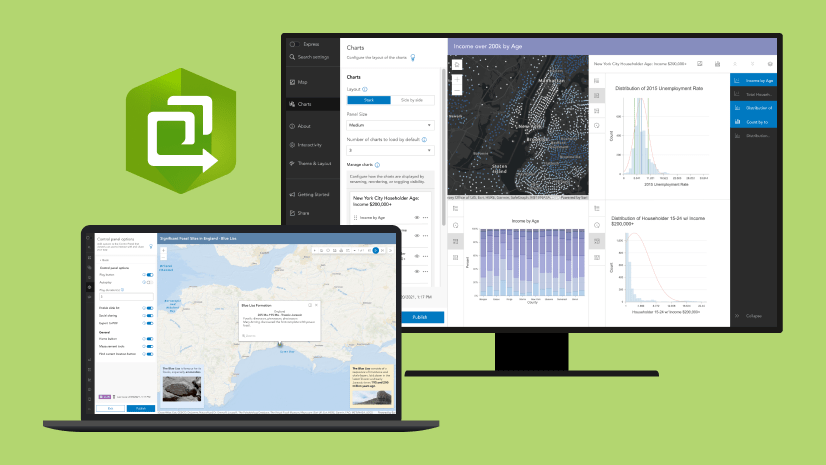
Article Discussion: